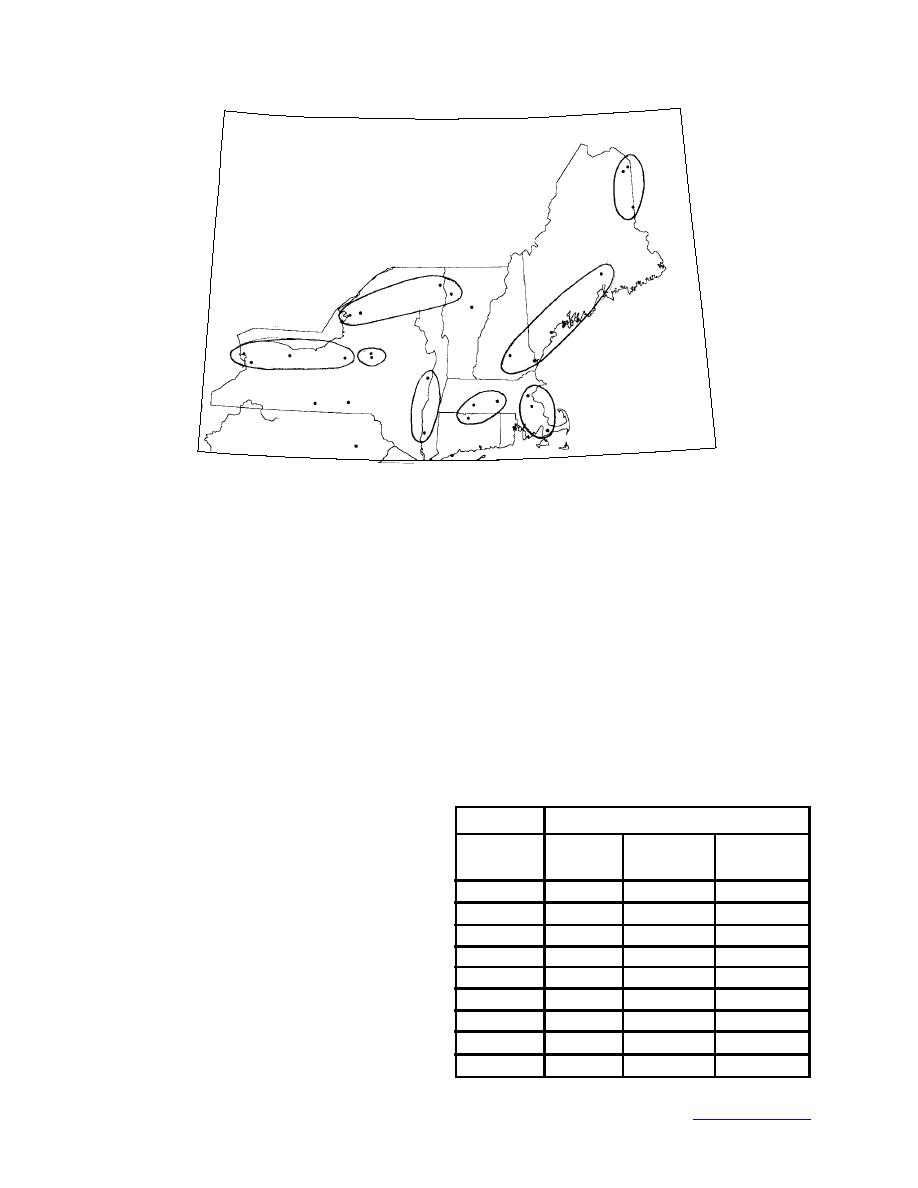
Figure 24. Freezing rain superstations in the Northeast.
present weather), Mount Washington Observatory (3-hourly weather data for most of the period
of record), Massena, Brunswick, or Augusta (significant gaps in precipitation data). Ultimately,
we defined the superstations shown in Fig. 24. While Barre was not included in a superstation, it
was ultimately grouped with other stations in a large amorphous region. The number of extreme
ice storms at these superstations is considerably less than the thousand that Peterka considers
ideal; however, sampling error is significantly reduced in the superstations compared to the indi-
vidual stations.
7.3 Extreme ice loads
Table 6. Probability of exceeding the load for a given
7.3.1 Ice loads for a 50-year return period
return period at least once.
A load that has a 2% chance of exceed-
pN = 1 (1 p1)N
ance in any year is called a 50-year return-
period load. A 50-year return-period load
Return period for load
does not recur every fifty years. It may hap-
Lifetime
pen two years in a row, twice in 30 years, or
(years)
50 years
100 years
300 years
only once in a particular 100-year period.
1
.02
.01
.003
There is a 64% probability that a 50-year
2
.04
.02
.01
load will be exceeded in any 50-year period
5
.10
.05
.02
and 39% and 15% probabilities that 100-year
10
.18
.10
.03
and 300-year return-period loads, respective-
20
.33
.18
.06
ly, will be exceeded in 50 years (Table 6).
40
.55
.33
.13
In the extreme value analysis, we found
50
.64
.39
.15
the 75th-percentile ice load to be a good
100
.87
.63
.28
threshold for extreme ice loads for this
300
1.00
.95
.63
region. It results in threshold uniform ice
41
Back to contents page



 Previous Page
Previous Page
